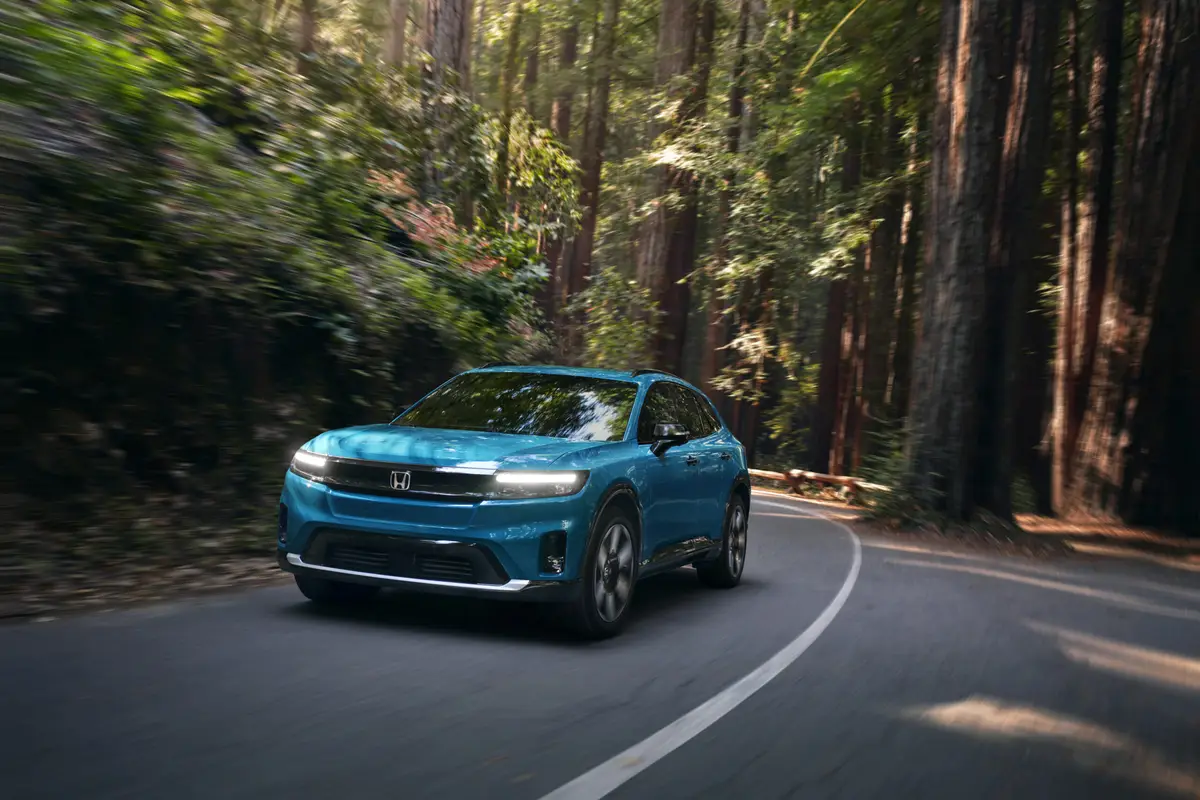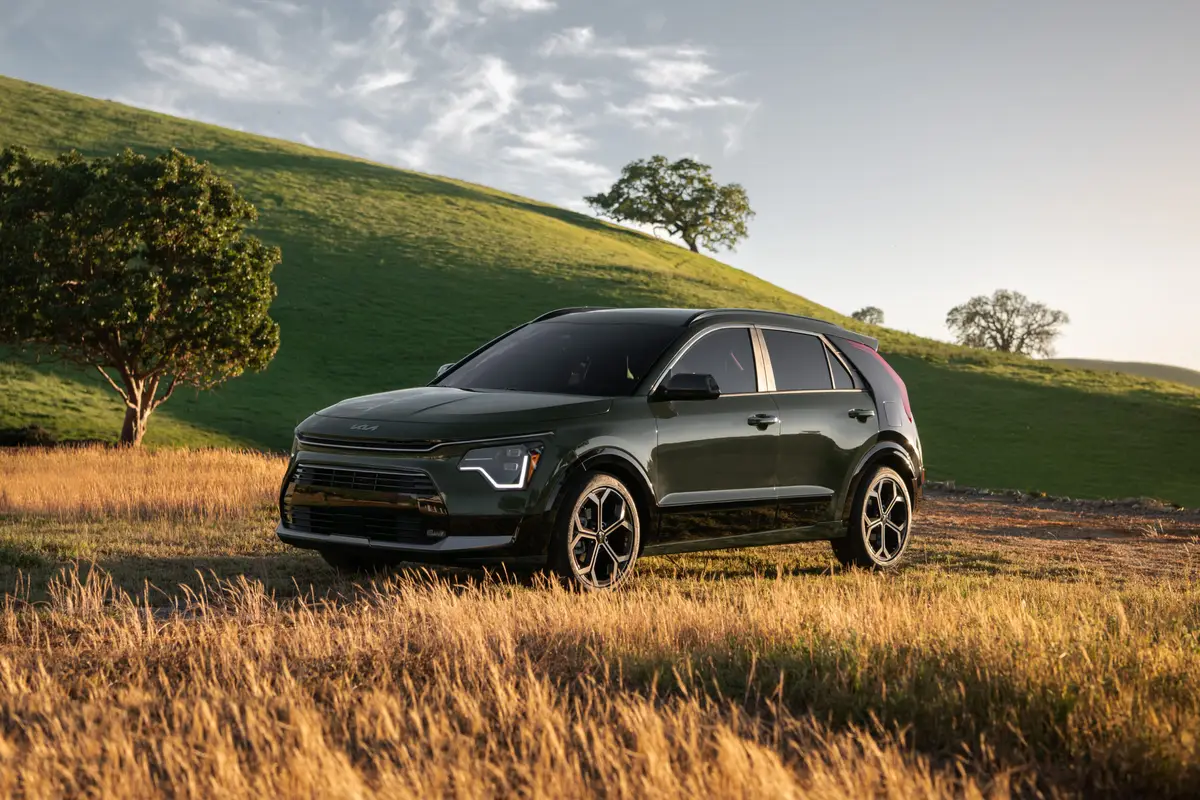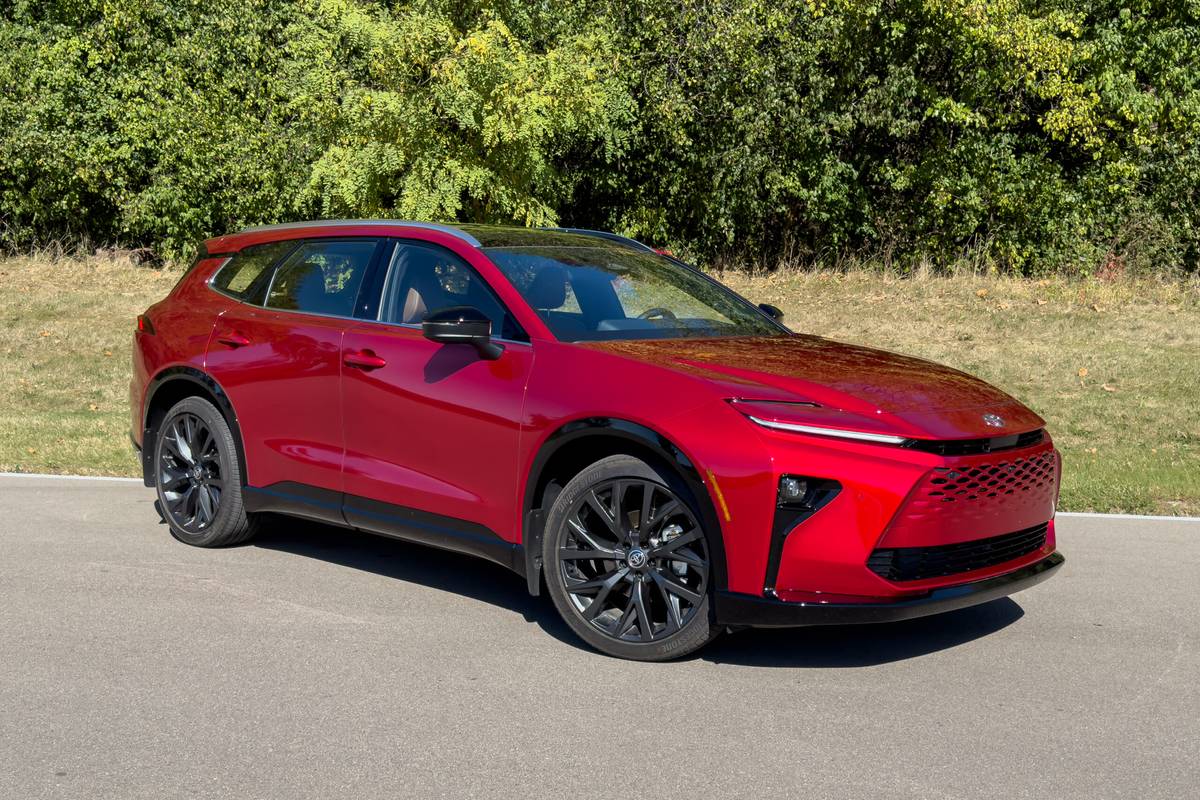The Morning Call and Mcall.com's view
Are Americans boring?
Vanilla is their favorite flavor.
Beige and gray are decorating mainstays.
The Toyota Camry is America’s favorite car.
O.K., so after the events of the last few months, many people crave the unexciting. Who needs extra stimulation anyway?
Well, this might excite you: For the first time in 10 years, the Camry really is all new.
Toyota is trying to sell its revamped car as a more exciting product, one that’s more emotional. But emotion isn’t something most people connect with a Camry. Rationality, maybe, but not emotion.
Of course, emotion isn’t the first thing that happens when you look at the new Camry. The first thing you’ll notice is how big it looks. Some of this is a neat styling trick. With its large, flat, slab sides, the new Camry has a massiveness that suggests it’s larger. And in fact, it is taller and longer than the current model by a couple of inches.
You’ll notice this most when you climb inside, where the Camry feels as large as a full-sized American car. (Of course, this is an American car, since it’s built in Georgetown, Ky.)
The front bucket seats are wide and comfortable and offer good support, although the seat-bottom cushion is still a little short. The rear seats are high and comfortable.
There are three grades of Camry: base LE, sporty SE, and luxury XLE.
Standard amenities on the LE include air-conditioning, power door locks with automatic locking, power windows with auto down on the driver’s side, tilt steering wheel, power mirrors, cruise control, map lights, outside temperature gauge, full-size spare, vanity mirrors, and a lined coin drawer.
And that’s just the base car.
Pop for the XLE and you’ll get a lot more. Toyota tosses in power front seats, heated outside mirrors, wood-grain interior trim, auto up and down power driver’s window with (get this) pinch protection, automatic climate control with rear seat ducts, information display with steering-wheel controls, chrome door handles, an alarm system, auto-dimming mirrors, lighted vanity mirrors, rear sunshade, keyless entry and a cargo net. Those last three are options on the LE and SE.
The SE is aimed at the sportier driver with fog lights, blacked- out grille and trim, chrome exhaust tip, a rear spoiler, leather- wrapped shifter and steering wheel, brushed chrome interior trim, 16- inch tires and sport gauges.
Two engines are available .
One is the all-new twin-cam 16-valve 2.4-liter four-cylinder with variable valve timing and 21 more horses than the previous Camry four. The engine produces 157 horsepower and 162 foot-pounds of torque. It’s available with a four-speed automatic (0-60 mph in 9.9 seconds), or a five-speed manual (0-60 in 9.1 seconds). However, the five-speed is available only on models in LE trim.
The twin-cam 3-li ter V-6 returns. It produces 192 horsepower and 209 foot-pounds of torque for a factory-rated time of 0-60 in 8.3 seconds. A four-speed automatic is the only transmission.
For comparison’s sake, I tested two models: a four-cylinder LE and six-cylinder SE. Both had four-speed automatics. The LE had a base price of $19,800, plus optional anti-lock brakes ($300), a package offering keyless entry, a power driver’s seat and premium JBL AM/FM/ cassette/CD stereo system ($875), and carpet mats ($179). Bottom line was a very reasonable $21,609.
In comparison, the SE started at a still reasonable $23,700, but quickly took off. Carpet mats were still $179. (Why Toyota never includes these as standard mystifies me.) In addition, there was a $3,695 package offering a navigation system, cargo net, power moon roof, rear sunshade, and the stereo upgrade, as well as a $1,150 package offering vehicle skid control with brake assist and side- curtain airbags. The botto line ballooned to $29,179.
How different were they?
Well, the SE handled better than the LE. That’s no surprise, since the SE gets higher spring rates, a stabilizer bar and different shock damping. This gives the car a more, planted, stable feel.
Although it’s sportier, it’s not sporty. The steering is quick and a bit heavier on the SE, but still has the much of the light, numb feel of the LE. The LE handled like a traditional family car, with plenty of body lean through corners and a comfortable ride. Neither car handled wet roads very well, usually slipping with little provocation. Other tires would help alleviate this.
All XLE and SE models have four-wheel disc brakes. The base model has rear drum brakes. The brakes on the base car did little to inspire confidence. The pedal travel was long, with little happening; then the brakes would grab. The SE’s brakes were better, but still only average.
The SE was a little noisier because it had different tires than the LE. Toyota has mastered the art of the silent, womb-like interior. It’s almost maddeningly quiet. You don’t hear the engine running, even the four-cylinder. That’s quite an achievement, although hardly one many enthusiasts would savor. For almost everyone else, it will be a plus.
Power from the four-cylinder was surprisingly good. While you won’t want to race someone off the line, the engine certainly has more than enough guts to keep up with any traffic situation. In addition, you’ll gain three miles per gallon in city driving and four on the highway. The EPA rating for the four-cylinder is 23 city, 32 highway. The four-cylinder also uses regular gas; the six requires premium. Our own test loop, which included driving into Manhattan, returned 24 mpg with the four, 19 mpg with the six.
While the six is a lot more effortless, the increase in sticker price doesn’t seem worth it. The SE is more fun to drive, but not that much more fun.
Fun isn’t necessarily part of the equation with this car. Getting from point A to point B without any fuss is.
The base car had simple twist knobs for the climate control and a large, easy-to-operate stereo. Its controls are so simple to operate you barely have to look at them.
On the other hand, the SE had the optional navigation system, which, as in most cars, is a nightmare. While the navigation system itself is relatively easy to operate, its bright screen is a distraction. In addition, functionality of other controls is compromised. The climate and radio controls are worked into the display as well, and one must deal with the glare and distraction of the screen, nevermind the fact that you must take your eyes off the road to operate it. What’s worse, you must push a button to slide the screen out of the way just to gain access to the CD or cassette player. When the screen does slide down, there’s a warning n ot to use it as a serving tray for your bottle of Yoo-Hoo. Duh.
And for this, you get to pay $3,695. Skip it.
Both interiors were nicely trimmed and assembled. But the SE didn’t seem to offer a lot more, considering its higher price. The cloth was nicer, and the brushed aluminum accents livened up the interior, but it was mostly identical to the LE.
Both cars had the same large roomy trunk, although the SE’s navigation system robbed some space.
While Toyota wants you to feel more passionate about this car, I find passion hard to associate with the Camry. The Camry is the transportation equivalent of a refrigerator. It’s reliable, it helps you out on a daily basis and always does what’s asked of it. For everyday grocery/school/work chores, you’d want little more. That’s why the base version outclasses the more expensive version hands down. It offers decent fuel economy with good space and nice looks, all at less than $22,000. It’s a bargain.
Exciting? No.
Then again, neither is my beige fridge, but, it does a great job of keeping my vanilla ice cream from spoiling.
TOYOTA CAMRY
Engine: 2.4-liter DOHC 4-cylinder or 3-liter DOHC V-6
Transmission: 5-speed manual or 4-speed automatic
Tires: P205/65R15 (LE), P215/60R16 (SE V-6)
Wheelbase: 107.1 inches
Length: 189.2 inches
Width: 70.7 inches
Weight: 3,142 pounds (LE), 3,351 pounds (SE)
Cargo volume: 16.7 cubic ft.
Base price: $19,800 (LE), $23,700 (SE V-6)
As tested: $21,609 (LE), $29,179
(SE V-6)
EPA rating: 23 city, 32 highway (LE),
20 City, 28 highway (SE V-6)
Test mileage: 24 mpg (LE), 19 mpg (SE V-6)
Latest news



